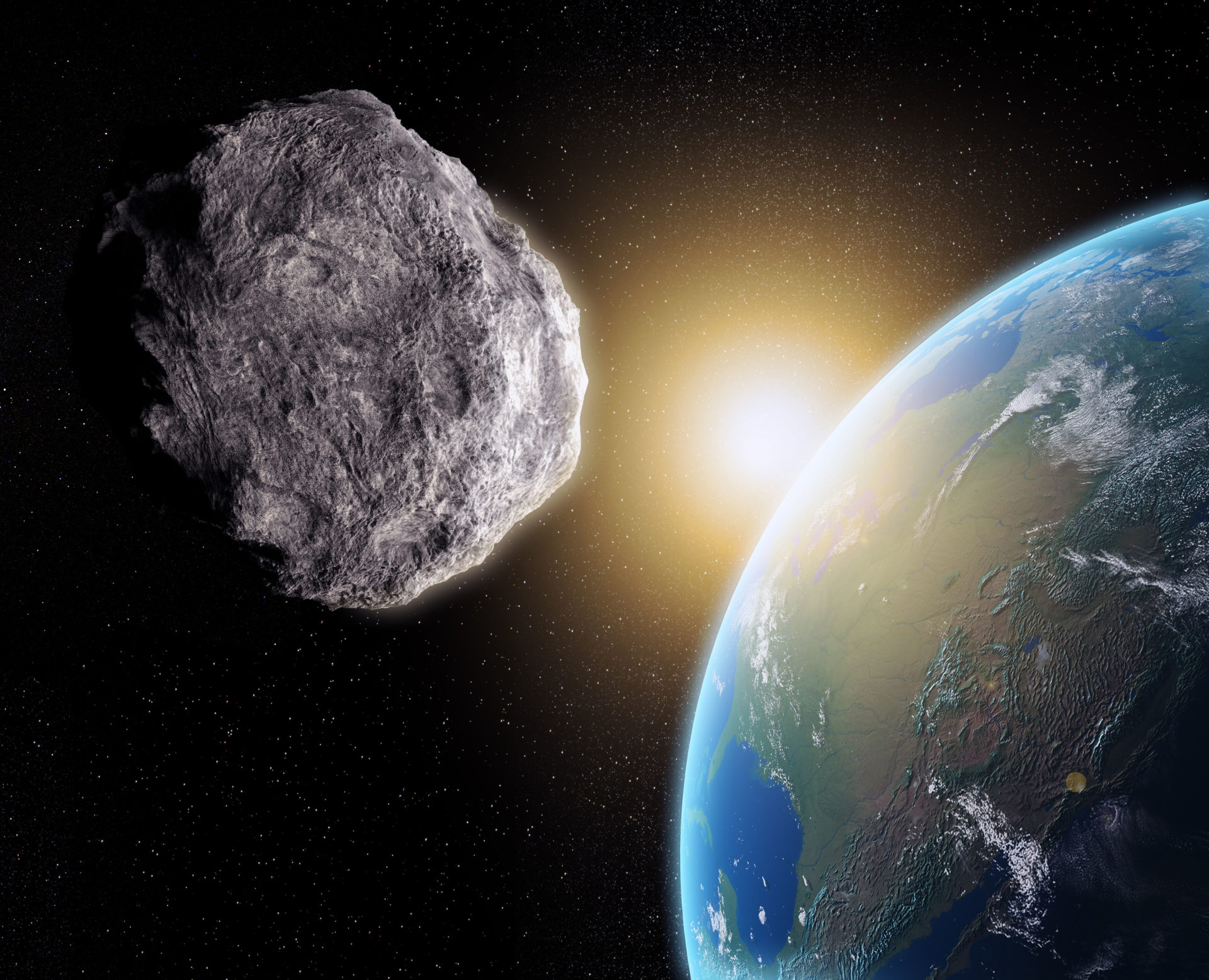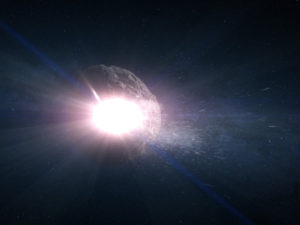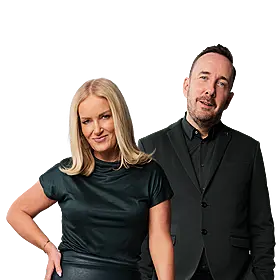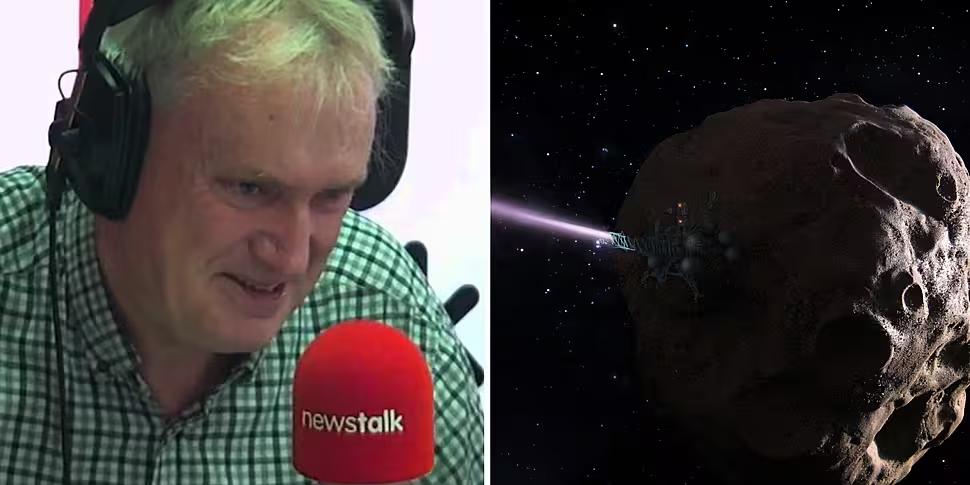NASA have found evidence of the building blocks of life on an asteroid, Professor Luke O’Neill has said.
With talks of a “city-killer” asteroid hitting Earth in 2032, Trinity College Dublin Biochemistry Prof Luke O’Neill told The Pat Kenny Show about a study conducted by NASA on an asteroid in space.
“[NASA] found this asteroid which contains the building blocks of life, amino acids and various component parts and it's suggesting, actually, that life might have been seeded from outer space by an asteroid striking into the earth,” he said.
“In 2020, NASA sent up a probe to land on this asteroid and take a sample and then send the sample back to Earth.
“[The asteroid is] a huge thing - there's a parent asteroid that's about a kilometre across, and this thing broke off from it - it's about the size of a football field, so it was a great feat of engineering to target this thing.”
 D0RGDE Asteroid near Earth. Image shot 08/2012. Exact date unknown.
D0RGDE Asteroid near Earth. Image shot 08/2012. Exact date unknown.With extreme care taken not to contaminate the sample, NASA have proven their theories that the “building blocks of life” can be found on the asteroid.
“Now we know what cells are made of - they're made of proteins and they're made of amino acids,” Prof O’Neill said.
“They found 14 of the 20 amino acids on this ‘bar of soap’ [sample] and even more importantly, DNA has building blocks as well, and they found the five building blocks of nucleic acids on the sample as well.
“So that means the two key building blocks for life were detectable.”
Prof O’Neill said an idea posed is that a bit of this asteroid broke off and hit the Earth 4.5 billion years ago.
“That asteroid dates from 4.5 billion years ago - so one idea would be that a bit broke off potentially and then hit the Earth and now you've got the building blocks on Earth that can assemble,” he said.
“Now the assembly might have taken a million years or more through chemistry, you know, but the fact that those building blocks were there, it's not unreasonable to say these could begin assembling into the first cell.”
 An artist's concept shows part of an asteroid breaking off a larger body | Image: NASA
An artist's concept shows part of an asteroid breaking off a larger body | Image: NASAOne puzzle is - what wasn’t life found on this asteroid?
“If the building blocks are there and it's 4.5 billion years [old] - they don't know [if] maybe there's other bits that are missing here,” he said.
“The other very important thing is water - water is the key fluid for life - [and] there was water on this asteroid, they've got good evidence for that.
“We know water gets delivered from space anyway, so some of the water source might have been from these asteroids as well and it's also got things called phosphates, which are very important for life.
“So the people who researched this said, you know, there's so many ingredients for life on this asteroid, that it's not unreasonable to think that it, or something like it, was the thing that happened…”
Prof O’Neill said the team of scientists investigating this are scientists of “the highest order” and there are 66 of them involved, so we can “be confident” in the results they have found.
Listen back here:
Main image: Split image of Luke O'Neill (L) and an asteroid (R).









